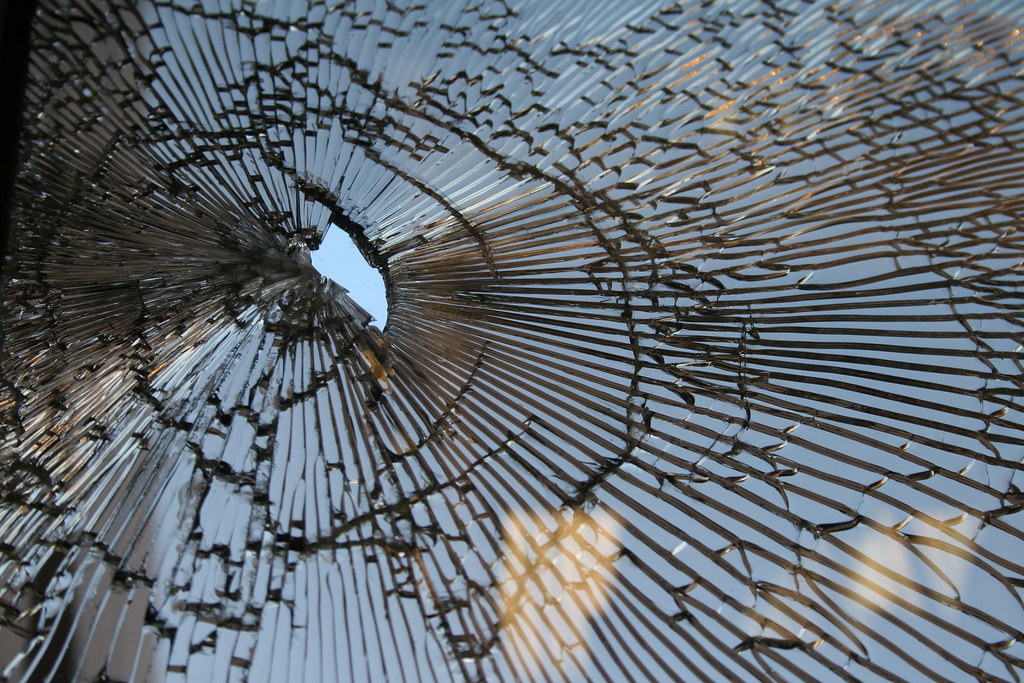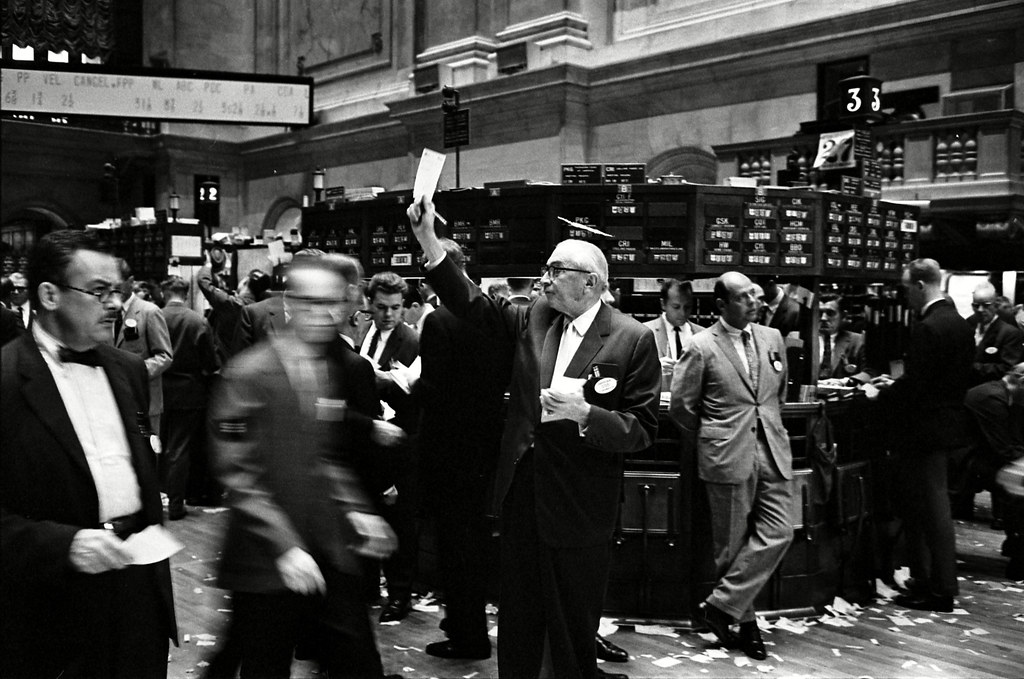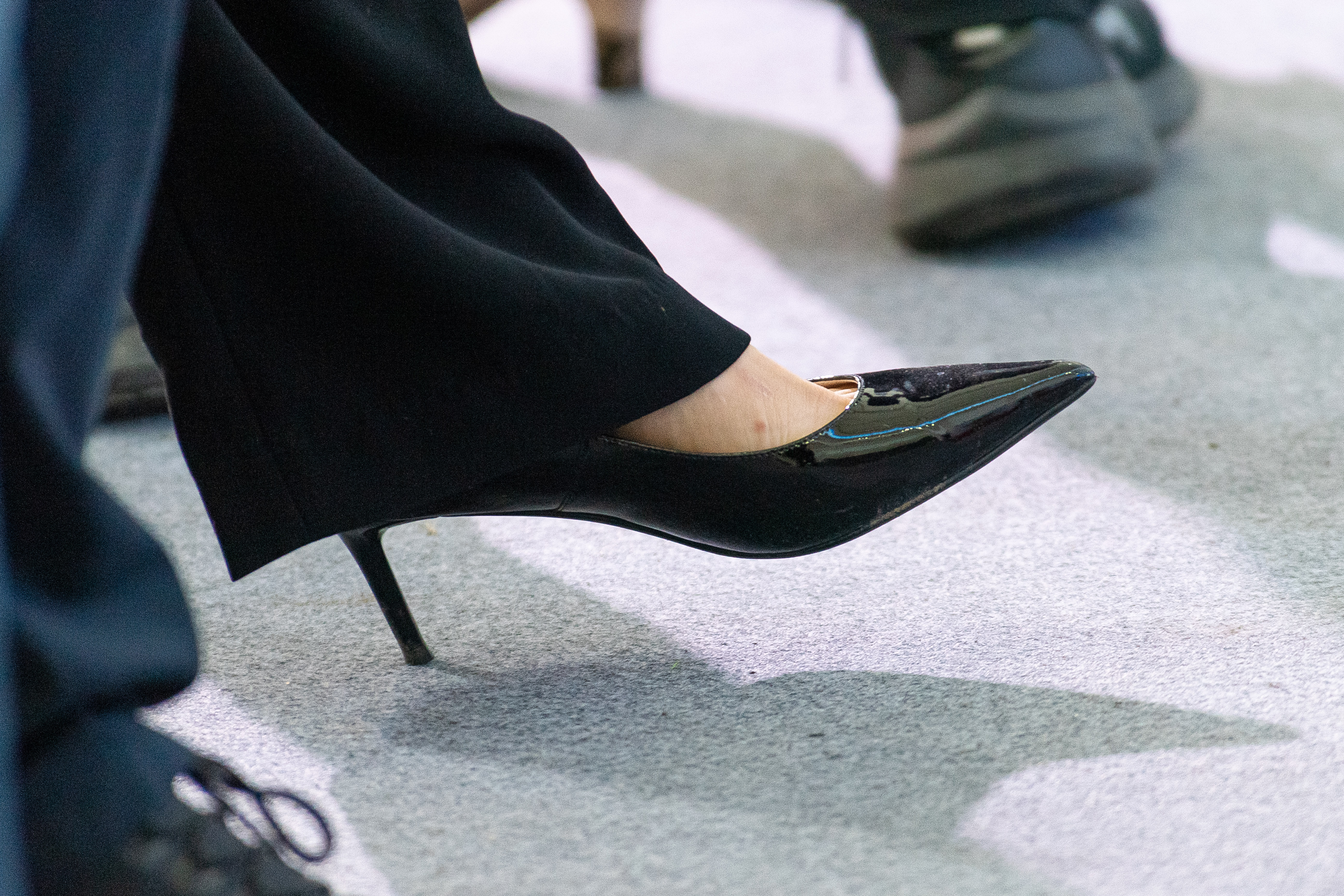When we think of German engineering, we often conjure images of precision, durability, and innovation. These qualities are not confined to the well-known automotive industry but extend to a lesser-known narrative – one of glassware from the former East Germany. The story of East Germany’s Superfest glasses is not just a tale of technological triumph; it’s a poignant reflection on the intersection of identity, economy, and the relentless march of capitalism.
The Legacy of East German Glassware: From Borosilicate to Superfest
The journey into the world of East German glassware begins, rather unexpectedly, in a photo shop. Amidst discounted products and miscellaneous items, a set of East German lab beakers catches the eye, not for their quality or price, but for their nostalgic value, marked by the image of Erich Honecker and the ‘Made in GDR’ label. This encounter with ostalgie – a German term combining ‘nostalgia’ and ‘east’ to describe a longing for aspects of life in East Germany – sets the stage for a deeper exploration into the legacy of East German glassmaking.
East Germany, known officially as the German Democratic Republic (GDR), was a nation that prided itself on frugality and resourcefulness. This ethos was not born out of mere preference but necessity, as the country faced limited resources and the challenge of establishing its technological prowess. In this context, the GDR’s glass industry flourished, building upon a rich heritage of glassmaking and advancing it through innovation.
Borosilicate glass, known to many as Pyrex, was a significant part of this legacy. Invented by German glassmaker Otto Schott in the late 19th century, this heat-resistant glass became a household name under the brand JENAer GLAS. It was a symbol of the GDR’s capacity to produce high-quality, durable products for both industrial and domestic use.
The real game-changer, however, was the development of Superfest glass. This material was not just another iteration of durable glassware; it was a revolutionary product that could last up to 15 times longer than its conventional counterparts. The name ‘Superfest’ – literally translating to ‘Super Hard’ – was a testament to its resilience. The creation of Superfest was driven by the GDR’s doctrine of self-reliance and efficiency, aiming to conserve energy, materials, and labor while enhancing the nation’s reputation through innovative production processes.

The Zentralinstitut für anorganische Chemie in Berlin spearheaded research into glass hardening, particularly through the ion-exchange process. This research culminated in the development of Ceverit, a chemically hardened glass that was less prone to breakage and could even bounce when dropped, thanks to its unique potassium chloride coating. The name ‘Ceverit’ was eventually replaced with ‘Superfest’ for reasons that are as amusing as they are surprising – the former bore an unintended resemblance to a Latin term with risqué connotations.
Superfest glasses were not just durable; they were also a design marvel. Recognized by the GDR with the ‘Good Design’ award in 1980, these glasses were lightweight, space-efficient, and stackable. The production of Superfest glasses was a significant undertaking, with an estimated 110 million units produced in various shapes and sizes over a decade.
Despite their success, the fall of the Berlin Wall and the subsequent reunification of Germany marked the end of Superfest glass production. The plant in Schewpnitz was dismantled, and the technology was discarded in favor of products that would drive more frequent sales – a stark reminder of capitalism’s preference for planned obsolescence over durability.
Today, Superfest glasses remain a testament to East German innovation and a symbol of what could have been in a different economic system. They are still sought after by enthusiasts and can be found in online marketplaces and flea markets, though their numbers are dwindling.
As we reflect on the legacy of Superfest glasses, we are reminded of the complex interplay between innovation, identity, and market forces. The glasses stand as a relic of a time when durability was valued over disposability, and when the success of a product was measured not just by its sales but by its ability to solve a problem and stand the test of time.

The Clash of Ideologies: Durability vs. Capitalism
The tale of Superfest glasses is not merely a narrative of innovation; it is a saga that pits the very essence of durability against the prevailing winds of capitalism. It’s a story that unfolds in the shadow of the Berlin Wall’s fall, a time when the economic landscape of a reunified Germany was dramatically reshaped. The Superfest glasses, in their near-indestructibility, became an unwitting symbol of the ideological clash between a system that valued longevity and one that thrived on consumerism.
Capitalism, as it surged through the newly unified Germany, brought with it the concept of planned obsolescence. This economic strategy, which encourages the design of products with artificially limited useful lives, stands in stark contrast to the East German philosophy that birthed Superfest glasses. The GDR’s approach was rooted in making the most of limited resources, creating products that would endure and, in doing so, conserve materials and energy. It was a system that, while not without its flaws, aspired to a certain level of sustainability through durability.
The Superfest glasses were a product of their time and place, born from a need to reduce waste and breakage in East German pubs and restaurants. The Zentralinstitut für anorganische Chemie’s research into glass hardening led to the development of Ceverit, a glass that could bounce rather than shatter upon impact. This innovation was not just a technical achievement; it was a reflection of a societal ethos that prioritized the long-term over the immediate, the collective good over individual profit.

Yet, as the GDR’s economic practices were subsumed by the capitalist approach of West Germany, the fate of Superfest glasses was sealed. The Schewpnitz plant’s closure in 1990 was emblematic of a broader trend: the dismantling of industries that did not fit the capitalist mold. The technology behind Superfest glasses was discarded, not because it was obsolete or inferior, but because it did not align with a business model that favored frequent repeat purchases over lasting quality.
The irony of the situation is palpable. A product designed to solve a problem and serve its users well for years to come was sidelined by an economic system that often measures success by the ability to sell more, not necessarily to serve better. The Superfest glasses, with their remarkable durability, stood in opposition to the disposable culture that capitalism frequently engenders.
Despite the end of their production, Superfest glasses have left an indelible mark on those who used them. Pub owners and patrons who experienced the glasses’ resilience swear by them, a testament to the product’s real-world value. The glasses continue to be available on the secondary market, a reminder of a bygone era’s ingenuity and the enduring appeal of well-made goods.

As we consider the legacy of Superfest glasses, we are confronted with questions about our own consumption habits and the economic systems that shape them. The glasses challenge us to think about the true cost of disposability and the value of products built to last. They invite us to ponder what might have been if durability, rather than planned obsolescence, were the norm in our manufacturing and consumption practices.
The story of Superfest glasses is more than a historical curiosity; it is a call to reflect on the choices we make as consumers and the impact those choices have on our world. It is a narrative that asks us to consider the possibility of a different kind of economy—one where the longevity of a product is celebrated rather than seen as a hindrance to profit.
The conclusion of this tale is not written in shards of broken glass but in the potential for a shift in perspective. As we navigate the complexities of modern consumerism, the Superfest glasses stand as a symbol of what can be achieved when durability and sustainability are valued over the fleeting satisfaction of the new. They remind us that sometimes, the strongest things are those built not for the moment, but for the ages.
Related posts:
Superfest – The (almost) unbreakable East German Glass
Shopping at East Germany’s Going
Meet the Four-Eyed, Eight-Tentacled Monopoly That is Making Your Glasses So Expensive




